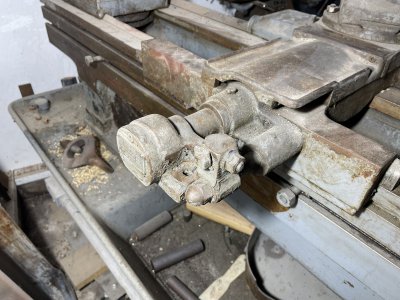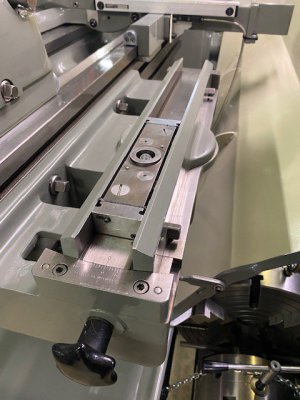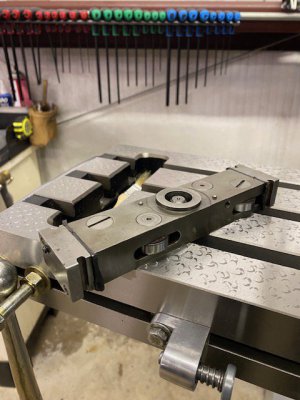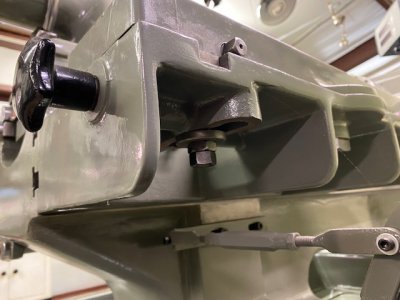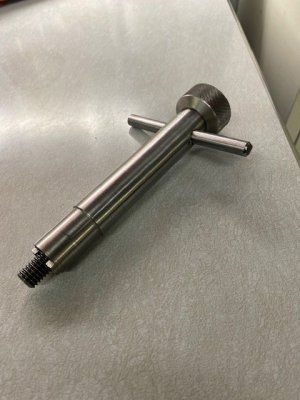- Joined
- Oct 21, 2021
- Messages
- 63
Hey guys,
Fellow model c owner checking in. I found mine right before I got the shipping notification on a PM lathe I had ordered, so ended up with 2 lathes in the shop. Been neglecting mine a bit, but its in really solid shape. Its got the power buttons by the gearbox, like yours @motormech1.
Do you happen to have the shoe for the taper attachment? I've got the attachment, but no shoe. The diagram I've found seems to match tailstocks, which is different than with mine (cross slide piece is round off the back), and perhaps yours too?
@tailstock4 - that is absolutely gorgeous. Looking through your resto thread now.
Fellow model c owner checking in. I found mine right before I got the shipping notification on a PM lathe I had ordered, so ended up with 2 lathes in the shop. Been neglecting mine a bit, but its in really solid shape. Its got the power buttons by the gearbox, like yours @motormech1.
Do you happen to have the shoe for the taper attachment? I've got the attachment, but no shoe. The diagram I've found seems to match tailstocks, which is different than with mine (cross slide piece is round off the back), and perhaps yours too?
@tailstock4 - that is absolutely gorgeous. Looking through your resto thread now.


